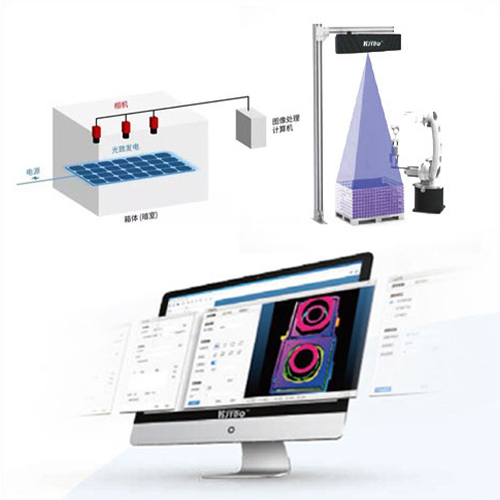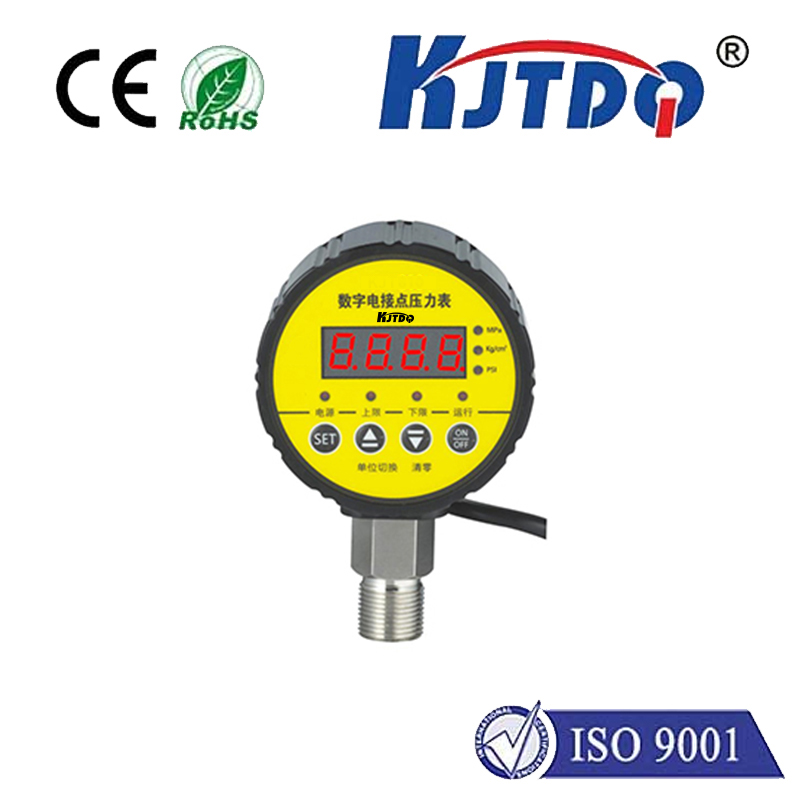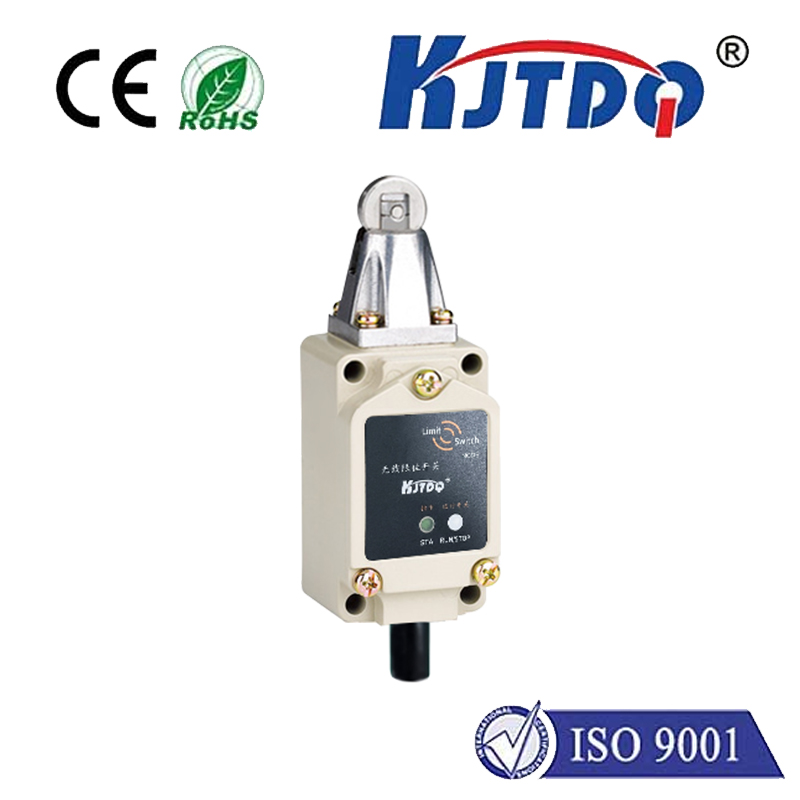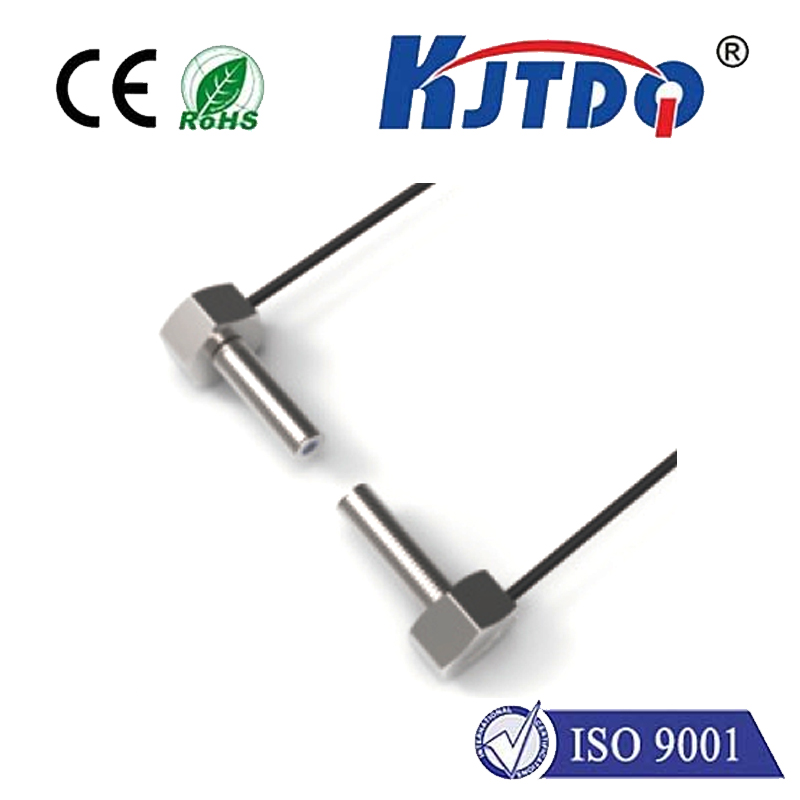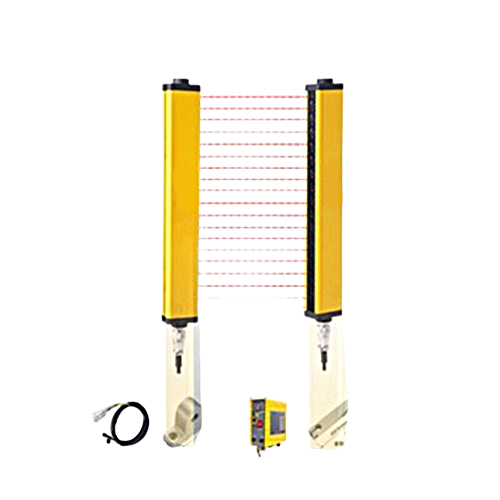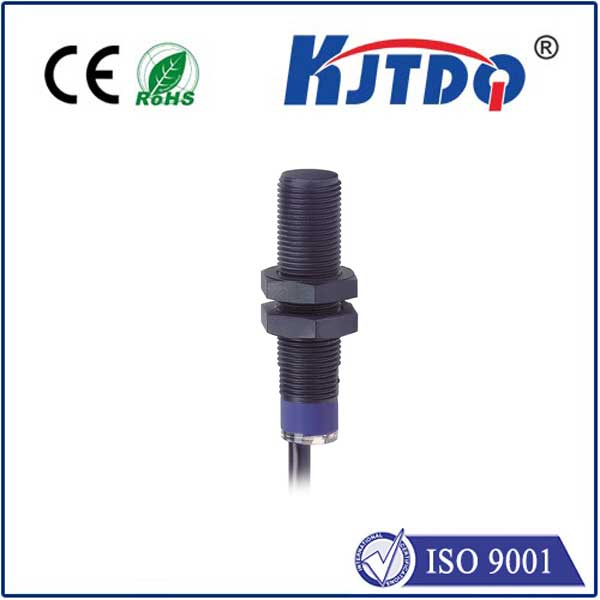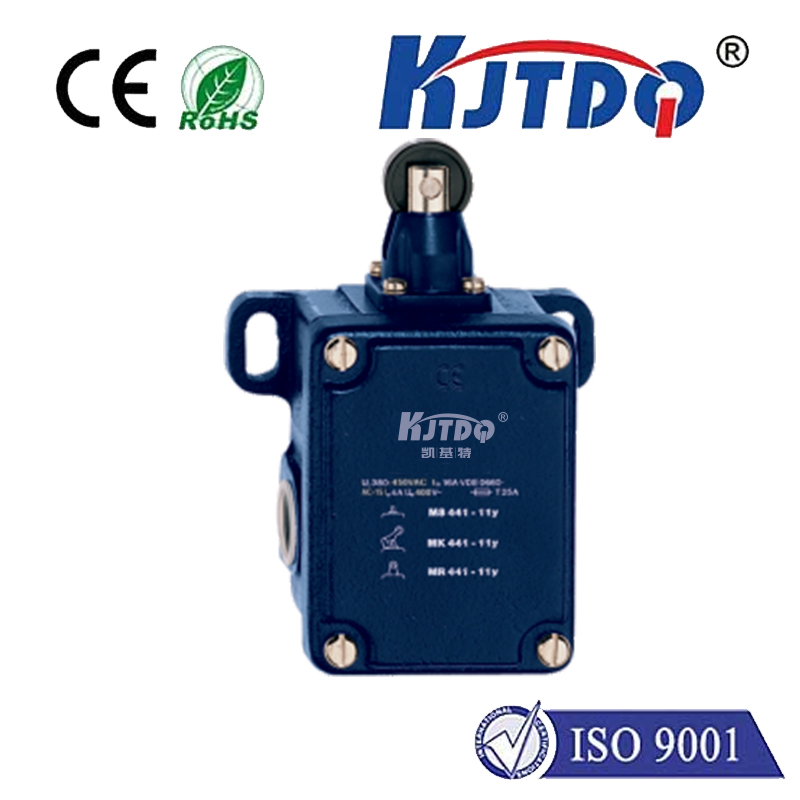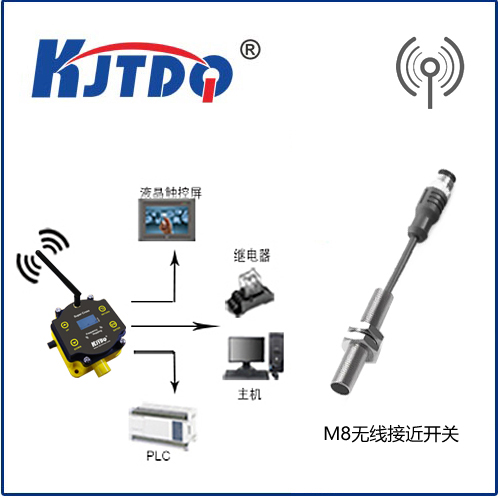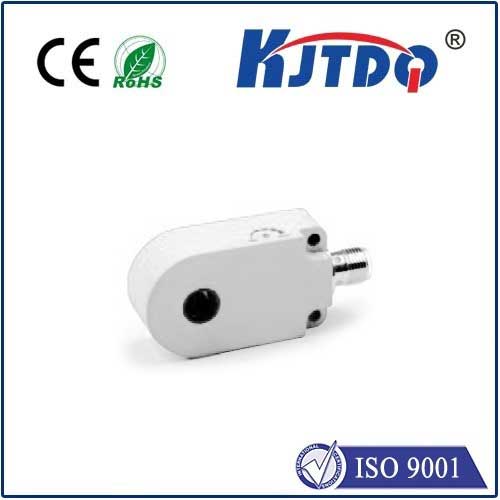

check

check

check

check
Imagine a high-speed manufacturing line where robotic arms move with uncanny precision, stopping exactly at the right moment to assemble delicate electronics. One misstep could cause costly damage or dangerous malfunctions—but it doesn’t happen. Why? Often, the unsung hero is a small, unassuming component: the limit switch lever arm. This critical part transforms basic position detection into a reliable safeguard, ensuring equipment operates within safe boundaries while boosting efficiency. In today’s automated world, understanding the nuances of limit switch lever arms isn’t just an engineering detail; it’s essential for optimizing performance in industries from automotive assembly to renewable energy systems. As we delve into their mechanics and applications, you’ll see how these arms play a pivotal role in making motion control both safer and smarter.
Limit switches are fundamental devices used across automation setups to detect when an object reaches a specific point, typically by physical contact. They signal machinery to stop, reverse, or activate other functions, preventing over-travel that could lead to equipment failure or safety hazards. Here’s where the lever arm steps in as a game-changer: it’s the extending component attached to the switch body, designed to engage with moving parts and amplify the switch’s sensitivity. For instance, without a lever arm, a basic plunger-style limit switch might have a narrow detection range and require direct impact, which can wear out quickly. But add a lever arm—often made of durable materials like stainless steel or nylon—and it acts like a lever in physics, multiplying small forces into clear, responsive signals. This simple addition extends the switch’s reach, allowing it to detect objects from various angles and distances, as seen in conveyor belts where arms gently tap passing items to register position accurately.

The versatility of lever arms comes from several key designs, each tailored to specific industrial needs. Roller lever arms, fitted with a small wheel at the end, are ideal for applications involving sliding or rotating objects—think of packaging machines where rollers minimize friction and ensure smooth contact. In contrast, whisker or paddle-style arms offer flexibility in tight spaces, bending on impact to trigger the switch without jamming, perfect for robotic arms in confined work cells. Another common type is the rigid lever arm, used in heavy machinery like presses, where direct, forceful engagement ensures reliable stopping power under high stress. Choosing the right one depends on factors like environmental conditions (e.g., temperature extremes or corrosive settings) and operational demands, such as cycle frequency. For example, in automotive manufacturing, a roller lever arm can withstand millions of cycles without degradation, thanks to its resilient bearings, while a whisker arm in clean-room electronics avoids contamination risks.
Integrating a lever arm correctly is crucial for maximizing the benefits of any limit switch system. Proper installation involves aligning the arm’s pivot point to optimize leverage and prevent binding, ensuring it moves freely to detect motion without false triggers. Misalignment can lead to premature wear or inaccuracies—imagine a wind turbine where a poorly positioned arm fails to signal blade movement, risking turbine damage in high winds. To avoid this, engineers often pair lever arms with adjustable mounts, allowing fine-tuning for precision in dynamic settings. Maintenance routines, such as regular lubrication and visual checks for wear, extend the arm’s lifespan significantly. In robotic assembly lines, a simple quarterly inspection can prevent downtime caused by bent or damaged arms, which are common in high-impact environments. This proactive approach underscores how the lever arm isn’t just a passive part; it’s an active enabler of reliability and cost savings.
Beyond mechanics, the real-world applications of limit switch lever arms highlight their indispensable role in modern industries. Automation systems lean heavily on them for safety interlocks, where arms in elevator doors halt movement if an obstruction is detected, protecting users from harm. Similarly, in renewable energy, solar trackers use lever arms to monitor panel angles, ensuring panels face the sun optimally to boost energy output—tiny adjustments here can lead to major efficiency gains. In precision manufacturing, CNC machines employ these arms to define cutting paths, reducing material waste and enhancing product quality. The economic impact is substantial: studies show that optimized lever arm setups can improve machine uptime by up to 20% by eliminating unnecessary shutdowns. This brings us to a core truth: a well-designed lever arm transforms raw motion data into actionable intelligence, fostering smarter, more adaptive operations across sectors.
Of course, challenges persist in leveraging these components effectively. Environmental factors like dust, moisture, or vibrations demand robust arm materials, such as IP-rated seals for harsh conditions in mining or marine applications. Innovations are addressing this, with modular arms allowing quick swaps in high-wear scenarios. Looking ahead, the rise of IIoT (Industrial Internet of Things) is integrating lever arms with sensors for predictive maintenance, alerting teams before issues escalate. Ultimately, the humble lever arm exemplifies how small engineering marvels drive large-scale progress. By mastering its use, industries can achieve not only safer, more compliant operations but also leap forward in innovation—proving that in the dance of automation, this lever arm orchestrates every precise step.

